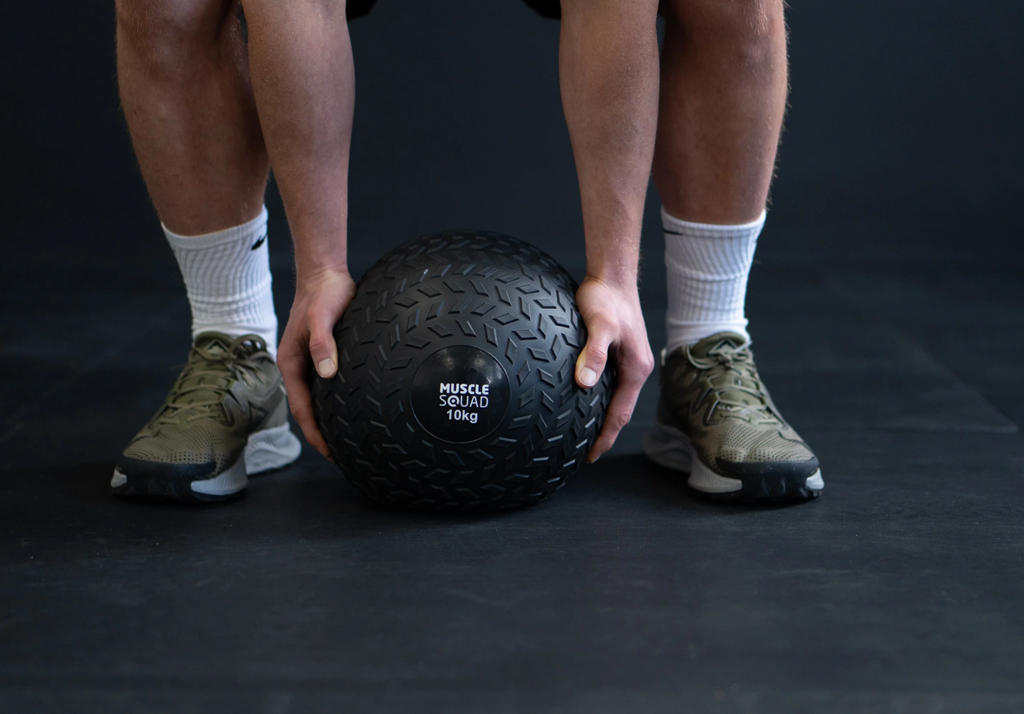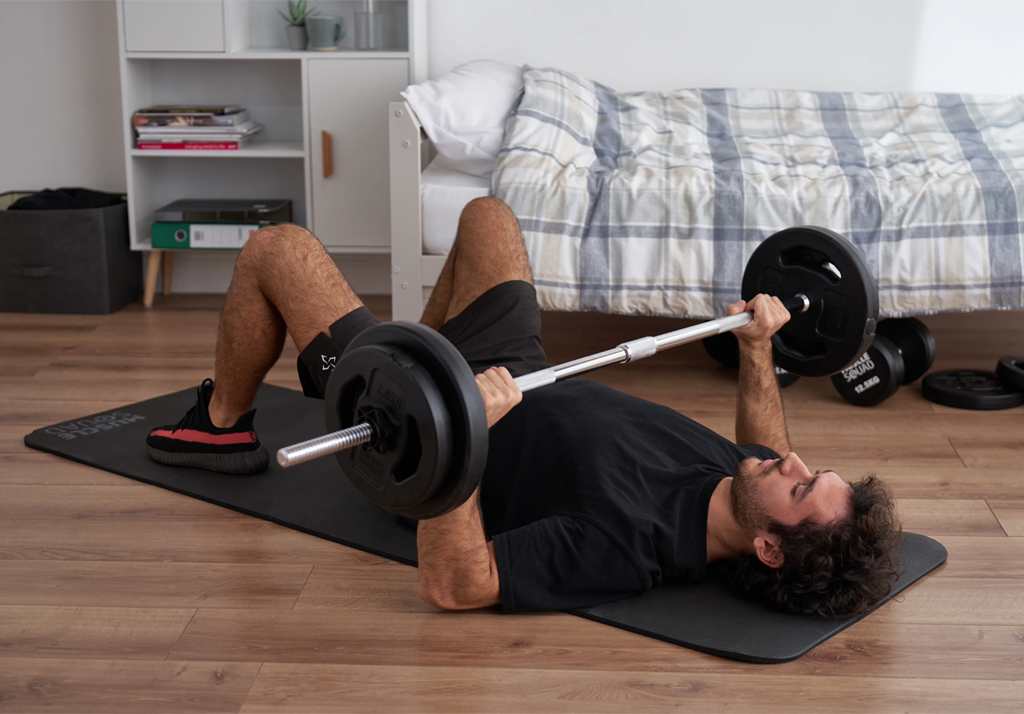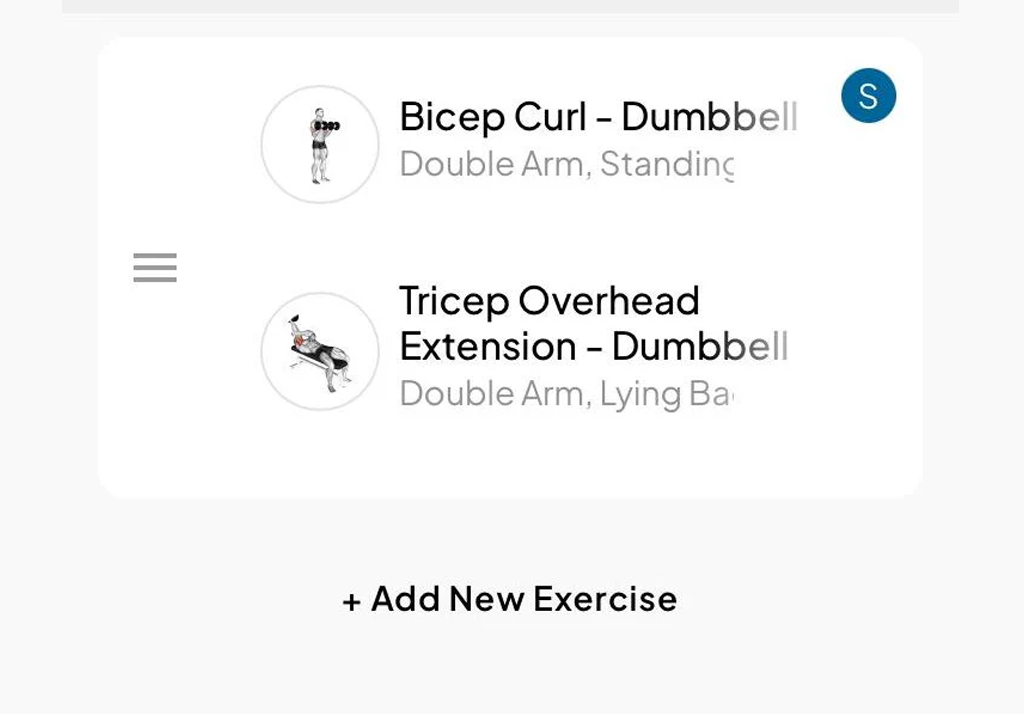Once you’ve been lifting weights for a while, you may start to notice your progress beginning to slow down. You might not get stronger every session. Maybe you’re getting bored of repeating the same workouts and routine every week. The point is, at some point you’re going to want to switch things up.
This is when it’s time to try some advanced weight training techniques to maximise your training. This article will go over some ways to make your time in the gym more effective, including:
- Deciding between bodybuilding and powerlifting
- Changing your technique: How to low bar squat and sumo deadlift
- Different workout structure: Supersets, dropsets, and pyramid sets
These advanced weight training techniques can be used to make your training more effective, concise, and fun.
Bodybuilding or Powerlifting?
By now, you’ve probably heard of the terms bodybuilding and powerlifting. These terms describe the two main different styles of training in the gym.
What is Bodybuilding?
Bodybuilding style training is done with the intention of gaining as much muscle as possible to build an aesthetic physique, with less of a focus on strength progression. Otherwise known as hypertrophy. In this style of training, most sets are done between 6-12 reps, with some smaller muscle groups being worked in the 15-20 rep range. In general, bodybuilders take short, 1-2 minute rests between their sets to keep the workout intensity high and maximise their pump.
Most bodybuilding workouts are centred around working on a ‘weak point’ of the individual’s physique. Exercises like incline bench press, chest flys, and lateral raises are purely hypertrophy based; designed to help you achieve a good physique. Bodybuilding also includes significantly more dumbbell based exercises than powerlifting.
Bodybuilders usually aim to reduce their bodyfat to a very low level, with the intention of getting shredded. Competitive bodybuilders have to reach a ridiculously low level of body fat to stand out on stage.
What is Powerlifting?
Powerlifting is a style of training carried out by those who want to get as strong as possible, with less of a focus on building a well-rounded physique. In powerlifting, most sets are completed in the 1-5 rep range, as low reps are proven to be more effective at building strength. Between every set, powerlifters take a long rest of 3-6 minutes so that they can adequately recover and perform their next set to their highest ability.
Each workout will focus mainly on one of the three compound lifts: the squat, bench press, and deadlift. After the compound work, little to no accessory work is completed. Pretty much all powerlifting exercises are performed with a barbell, weight plates, and a power rack.
Powerlifters are not judged on how they look, they’re judged on pure strength. In competition, each contestant is given three attempts to complete a single rep of squat, bench press, and deadlift. Whoever has the highest ‘total’ amount of weight from their three lifts is the winner.
Contrarily to bodybuilders, powerlifters generally aim to eat a high calorie diet so that they can easily gain overall mass and recover from their intense workouts.
How to Choose Between Bodybuilding and Powerlifting
It depends on your personal goals. Obviously, choosing between the two does not mean you’re obliged to do either on a competitive level.
If you want to gain muscle, look good on the beach, and eat a strict, healthy diet, try bodybuilding.
If you want to get as strong as you can, eat lots of food, and you’re not too worried about how you look, try powerlifting.
Can you do both Powerlifting and Bodybuilding?
If you can’t decide, then good news. You can! Powerbuilding is a mixture of powerlifting and bodybuilding. Powerbuilding workouts still focus on a main compound lift, but the rest of the workout is high rep, bodybuilding style training. With this style of training, you won’t gain as much strength as if you did pure powerlifting, and you won’t gain as much muscle as if you did pure bodybuilding. But if you’re looking for a happy medium, this one’s for you.
Advanced Technique Changes to the Squat and Deadlift
As you progress in the gym, you can change your technique on both the squat and deadlift. These technique changes may suit your body type better, and allow you to lift more weight.
How to Low Bar Squat
Traditionally, barbell squats are done with the bar resting on your traps. Technically, this is known as a high bar squat. In low bar squats, the barbell rests on your rear delts, just above your shoulder blades. When you descend, your back will naturally lean forward, push your glutes back at the same time to ensure your spine is in a neutral position. Once you’ve hit depth, push through your feet, drive your knees outwards if necessary.
This variation of the squat works particularly well for lifters with long legs, as it forces hip-flexion. It also means your knees do not need to bend as much, so less pressure is placed on them.
How to Sumo Deadlift
Usually, lifters start off by performing the conventional deadlift. This is done by placing your feet about shoulder width apart and gripping the bar outside your legs. The sumo deadlift however, is done differently. To sumo deadlift, your feet should be placed under the bar at about twice the width of your shoulders, or wider if it’s more comfortable. Grip the bar at about shoulder width, and pull your arms straight, without lifting the bar. Once your arms are straight, push your feet into the floor, bring your chest upwards and drive your hips forward as hard as you can until you’ve locked out at the top of the movement.
The sumo deadlift variation means the bar does not have to travel as far, so you can pull more weight. It’s also particularly suited to those with long legs, as it shortens the range of motion.
Advanced Workout Structure
Doing regular sets in the gym is bound to become boring after a while. Maybe your workouts are taking too long, or you just want to train even harder. Here are some advanced ways that you can structure your workouts to help yourself out.
How to do a Superset
A superset is a simple concept used by bodybuilders to increase workout intensity and save time. It works by doing a set of two exercises back-to-back, with no rest in between. For example, a set of pull-ups, immediately followed by a set of push ups. You can also superset the same muscle group to push yourself to your limit. An example of this would be a superset of dumbbell rows and lat pulldowns.
How to do a Dropset
A drop set is used by bodybuilders to ‘push past failure’, and also saves time in the process. To do a drop set, firstly reach failure on an exercise e.g cable tricep pushdowns. Once you’ve reached failure with your regular weight, reduce the weight by half or more and go until failure again. Like the superset, a dropset saves time by packing more volume into a short time frame.
How to do a Pyramid Set
A pyramid set is an interesting and unique way to get four, intense sets of an exercise done. Start by grabbing a weight you can do for 10 reps at about RPE7. Then, immediately grab a weight you can do for six reps, with a maximum thirty second rest. Rest for thirty seconds, then grab a weight you can do for four reps. After this, grab your first weight and do as many reps as you can, aim to hit at least 8-12 reps. The pyramid set again saves time in the gym. It’s most notable benefit is purely that it makes your workout more interesting.
Jamie Grover, Fitness Journalist from Bristol.

 Feb 01, 2022 - Jamie Grover
Feb 01, 2022 - Jamie Grover


Leave a comment: